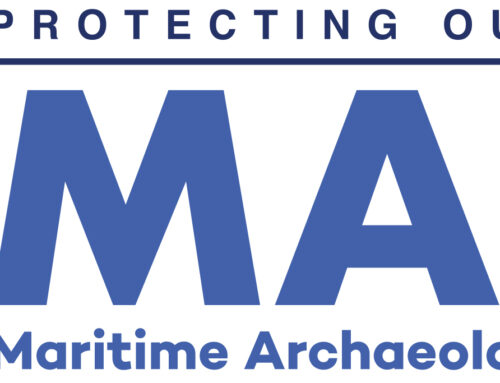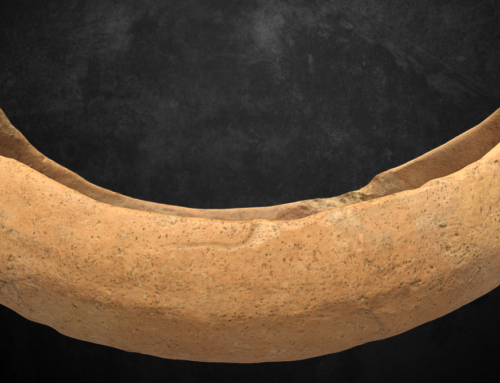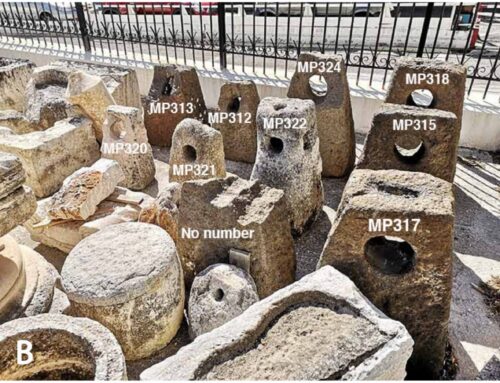The construction and use-life of ancient war-galleys: Wood Analysis of the Warships from the Battle of the Egadi Islands (241 BCE) – ongoing
Dr. Ross Thomas and Dr. Peter Campbell
This study aims to identify the wood used to construct some of the warships that were sunk at the battle of Egadi and radiocarbon (14C) date this wood to investigate how long before the battle these ships were built. To date the study of ancient war galleys has been hindered by the limited archaeological evidence available. This has meant that research questions concerning the technology and use-life of galleys have previously relied on iconography and textual sources. However, the discovery of the Battle of the Egadi Islands (241 BCE) has provided the first dataset from an ancient naval battle and may address these questions.
The wooden remains from the thirteen (Roman and Carthaginian) bronze warship rams from the Egadi Islands are yet to be examined. This proposal outlines a systematic study of the wood from the Egadi rams to compare with a recent British Museum study on a warship prow fitting from Actium and other published data. This will provide significant information about Roman, Carthaginian and Hellenistic warship construction, use, and the Egadi and Actium naval engagements.
The study will also develop a methodology for sampling wood for radiocarbon dates from ancient ships through this unique dataset of ships from a known depositional date. It may explain the problematic results from the other known attempts (Acqualadrone and Athlit). Analysis, identification and sampling will be undertaken at the British Museum scientific laboratory, whilst radiocarbon dating will be undertaken by the Scottish Universities Environmental Research Centre (SUERC). This research will provide important information concerning Roman, Carthaginian and Hellenistic war-galley technology and the history of these significant naval engagements.





